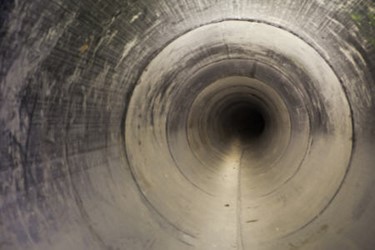California Moving Forward With $11 Billion Water Tunnel


The latest update in California’s everlasting battles with water management sees the state pursuing a multibillion-dollar project to disperse the coveted resource.
“California is moving forward with its biggest water project in decades, a single tunnel beneath the Sacramento-San Joaquin River Delta that will help move Northern California water south to cities and farms,” the San Francisco Chronicle reported.
Though the price tag is large, and the new project has its critics, it will likely be a significantly cheaper option than the idea it is set to replace.
“The proposal piggybacks on plans by former Gov. Jerry Brown, who wanted to build a pair of 30-mile-long tunnels through the delta but was stymied by funding shortfalls and controversy,” per the Chronicle. “It has been estimated to cost about $11 billion, about $6 billion less expensive than its parent.”
State officials argue that the tunnel is needed because the current system of reservoirs, aqueducts, and pumping operations — known as the State Water Project — has an intake of only three feet above sea level, a level low enough to be susceptible to climate change. The new project would give water managers more flexibility around how water is used in the drought-stressed region.
“When it comes to managing the amount of Sacramento River water directed to the south and west, having the ability to switch back and forth between pumps and a tunnel in response to up-to-the-minute water quality conditions and flow volumes could provide very real benefits for Southern California, Central Valley orchard crops, the delta environment and south delta residents,” an editorial in the Los Angeles Times argued. “A delta tunnel could also take a big gulp of water when the Sacramento runs too high and send it south to refill reservoirs and groundwater basins.”
But this system relies on water from the Sierra Nevada mountains and some are concerned that diverting that water with such a massive infrastructure project will put undue stress on local wildlife.
“We anticipated that there might be an effort to employ a list of efficiency, conservation, and other measures to reduce dependence on a tunnel before moving forward on such a massive and environmentally harmful project,” Kathryn Phillips, the director of environmental group Sierra Club California, told KTLA5. “Now we’ll have to focus a lot of time and energy on battling the tunnel again.”
The project will soon undergo a lengthy state review process before any construction or other next steps can begin.
To read more about how states move water supplies, visit Water Online’s Drinking Water Distribution Solutions Center.
